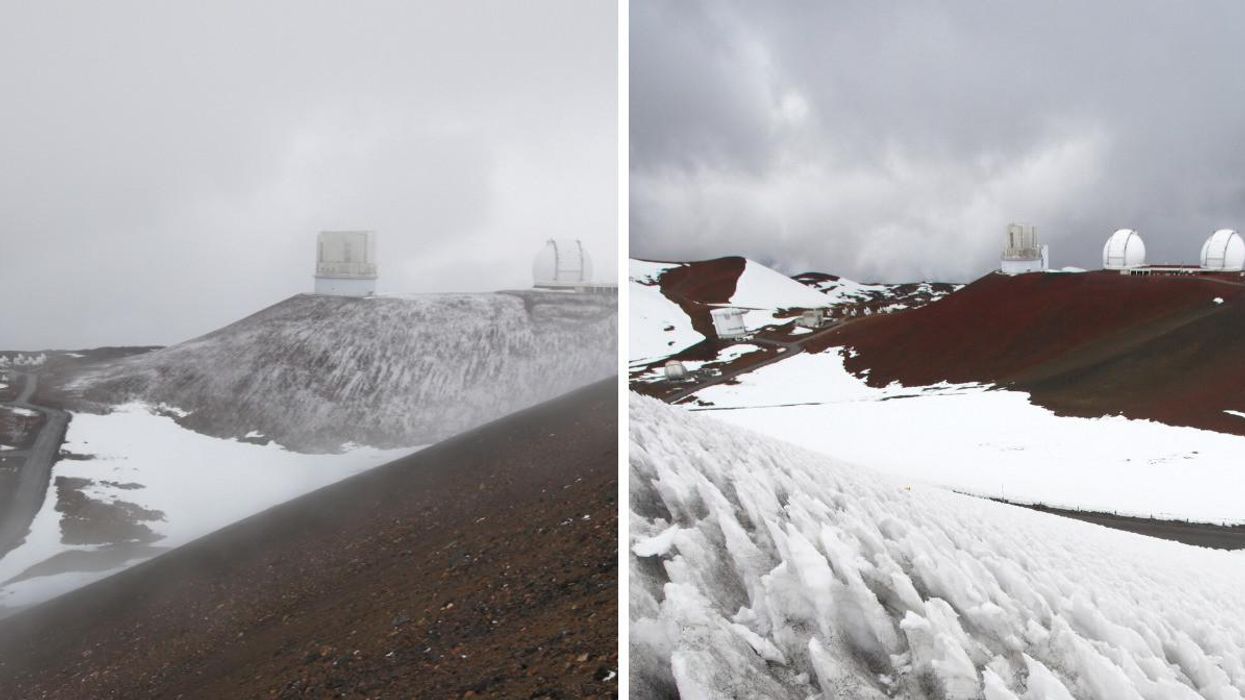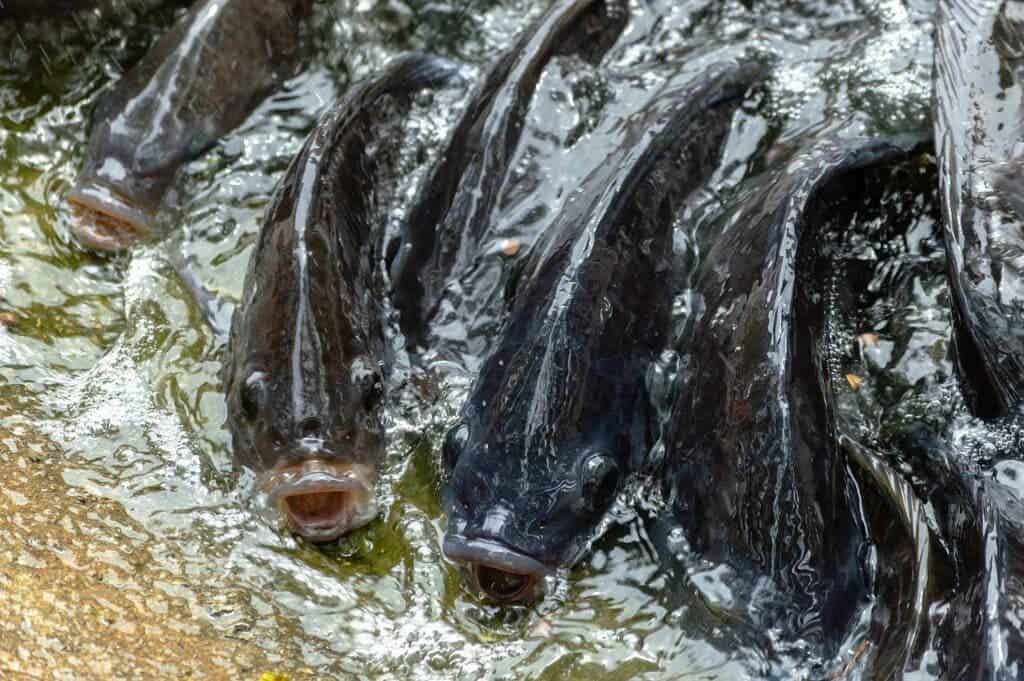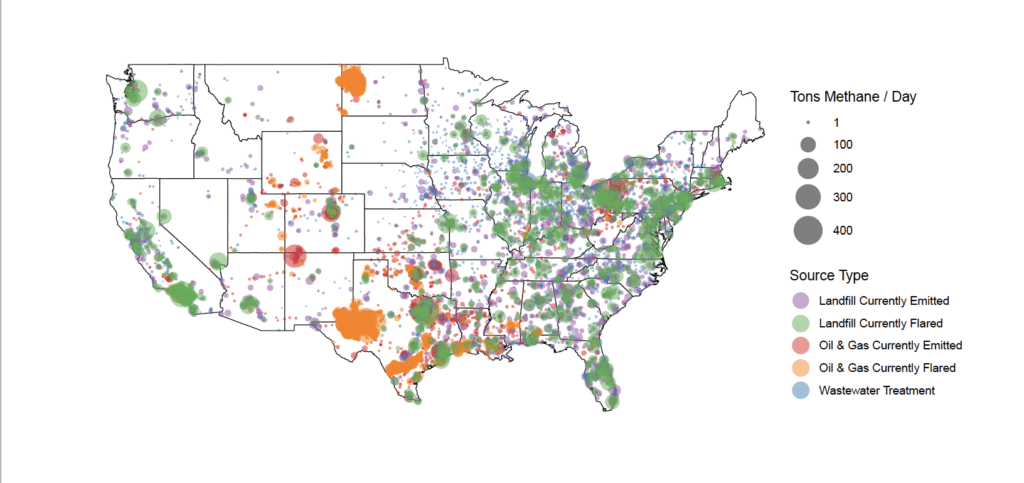Coal termed hedge against world fuel price volatility
Published December 5, 2021 -

Donkeys stand at the entrance of a coal mine in Choa Saidan Shah, Punjab

Donkeys stand at the entrance of a coal mine in Choa Saidan Shah, Punjab
on May 5, 2014. — Reuters/File
KARACHI: Coal is on its way out globally as the impact of climate change becomes more obvious by the day.
But the energy companies involved in mining and coal-based power generation in Pakistan are scaling up their production capacities to ensure “reliable and affordable” electricity going forward.
“Coal provides us with a hedge against international fuel price volatility. It’s indigenous and its price is not pegged to the international market,” said Engro Energy Ltd CEO Ahsan Zafar Syed while speaking to Dawn in a recent interview.
His company owns 11.9 per cent shareholding in Sindh Engro Coal Mining Company Ltd (SECMC), which has been mining 3.8 million tonnes of coal every year since 2019. It sells its entire output to Engro Powergen Thar Ltd (EPTL), the country’s only coal-based 660-megawatt power plant that burns indigenous fuel. Engro Energy Ltd owns 50.1pc shares in EPTL.
“Covid-19 showed us how one event could affect the international fuel supply chains. Economic progress requires indigenous fuel sources to ensure energy security and protection from supply-chain disruptions,” he said.
Engro Energy CEO says Covid showed how one event can disrupt international supply chains
The contribution of coal to the electricity fuel mix has surged in recent years as an increasing number of power plants on both imported and indigenous coal became part of the national grid. Its share in the total power generation in the first 10 months of 2021 was 20pc.
Despite a global movement against the use of coal, Mr Syed said SECMC is poised to double its output to 7.6m tonnes per annum by June 2022. The mine’s expansion under the ongoing second phase will coincide with the commissioning of a 330MW power plant by Thar Energy Ltd, whose majority shareholding is with The Hub Power Company (Hubco).
Another Hubco-sponsored power plant of 330MW, ThalNova Power Thar Ltd, is expected to come on line in September-October next year. Its commissioning will ensure 100pc consumption of the enhanced output of the Thar coal mine.
The third phase of the mine expansion will then take the output to 12.2m tonnes of coal per annum by June 2023, said Mr Syed. The increased output will supply fuel to the 660MW power plant that the Lucky Group is building at Port Qasim.
“You can’t even think about abandoning this [mining] project. We must take it to a point where it achieves economic viability. Only then you can pause and think about other options,” said Mr Syed.
Based on the pricing structure in place for Thar coal, SECMC earns an internal rate of return or IRR of 20pc above the project cost. The price of indigenous coal is currently $61 per tonne, about half of the rate prevailing in the international market.
Thar coal’s price will come down to $42 per tonne upon the completion of the ongoing second phase, he said. Thanks to the economies of scale, it’ll further drop to $27 per tonne when the third phase is completed.
“International commodity prices aren’t coming back to their normal levels until mid-2022 at least. But even after they normalise, our post-expansion coal will still be the cheapest source of energy at $27 per tonne,” said Mr Syed, noting that the mine’s output must be increased to 12.2m tonnes per annum for it to fully achieve the economic and financial viability.
Focus on renewable energy
Mr Syed went to great pains to state that he and his company firmly believe in climate change and consider coal to be a dirty fuel source. But burning coal is unavoidable to meet the developing economy’s base-load power requirements, he insisted.
However, renewable sources of energy should be promoted simultaneously, he said, noting that his company is now focusing more on wind and solar projects.
Engro Energy is going to establish a 400MW wind and solar power project at Jhimpir to sell 20pc cheaper electricity to bulk consumers based in Port Qasim and Dhabeji under a business-to-business (B2B) model by 2024.
In addition, the company has signed 17 letters of intent with the Balochistan government to set up 10 wind power and seven solar power plants of up to 1,700MW in Chagai district.
“We’ve set up wind masts. They’ve been collecting [meteorological] data for two years now,” he said.
Published in Dawn, December 5th, 2021
KARACHI: Coal is on its way out globally as the impact of climate change becomes more obvious by the day.
But the energy companies involved in mining and coal-based power generation in Pakistan are scaling up their production capacities to ensure “reliable and affordable” electricity going forward.
“Coal provides us with a hedge against international fuel price volatility. It’s indigenous and its price is not pegged to the international market,” said Engro Energy Ltd CEO Ahsan Zafar Syed while speaking to Dawn in a recent interview.
His company owns 11.9 per cent shareholding in Sindh Engro Coal Mining Company Ltd (SECMC), which has been mining 3.8 million tonnes of coal every year since 2019. It sells its entire output to Engro Powergen Thar Ltd (EPTL), the country’s only coal-based 660-megawatt power plant that burns indigenous fuel. Engro Energy Ltd owns 50.1pc shares in EPTL.
“Covid-19 showed us how one event could affect the international fuel supply chains. Economic progress requires indigenous fuel sources to ensure energy security and protection from supply-chain disruptions,” he said.
Engro Energy CEO says Covid showed how one event can disrupt international supply chains
The contribution of coal to the electricity fuel mix has surged in recent years as an increasing number of power plants on both imported and indigenous coal became part of the national grid. Its share in the total power generation in the first 10 months of 2021 was 20pc.
Despite a global movement against the use of coal, Mr Syed said SECMC is poised to double its output to 7.6m tonnes per annum by June 2022. The mine’s expansion under the ongoing second phase will coincide with the commissioning of a 330MW power plant by Thar Energy Ltd, whose majority shareholding is with The Hub Power Company (Hubco).
Another Hubco-sponsored power plant of 330MW, ThalNova Power Thar Ltd, is expected to come on line in September-October next year. Its commissioning will ensure 100pc consumption of the enhanced output of the Thar coal mine.
The third phase of the mine expansion will then take the output to 12.2m tonnes of coal per annum by June 2023, said Mr Syed. The increased output will supply fuel to the 660MW power plant that the Lucky Group is building at Port Qasim.
“You can’t even think about abandoning this [mining] project. We must take it to a point where it achieves economic viability. Only then you can pause and think about other options,” said Mr Syed.
Based on the pricing structure in place for Thar coal, SECMC earns an internal rate of return or IRR of 20pc above the project cost. The price of indigenous coal is currently $61 per tonne, about half of the rate prevailing in the international market.
Thar coal’s price will come down to $42 per tonne upon the completion of the ongoing second phase, he said. Thanks to the economies of scale, it’ll further drop to $27 per tonne when the third phase is completed.
“International commodity prices aren’t coming back to their normal levels until mid-2022 at least. But even after they normalise, our post-expansion coal will still be the cheapest source of energy at $27 per tonne,” said Mr Syed, noting that the mine’s output must be increased to 12.2m tonnes per annum for it to fully achieve the economic and financial viability.
Focus on renewable energy
Mr Syed went to great pains to state that he and his company firmly believe in climate change and consider coal to be a dirty fuel source. But burning coal is unavoidable to meet the developing economy’s base-load power requirements, he insisted.
However, renewable sources of energy should be promoted simultaneously, he said, noting that his company is now focusing more on wind and solar projects.
Engro Energy is going to establish a 400MW wind and solar power project at Jhimpir to sell 20pc cheaper electricity to bulk consumers based in Port Qasim and Dhabeji under a business-to-business (B2B) model by 2024.
In addition, the company has signed 17 letters of intent with the Balochistan government to set up 10 wind power and seven solar power plants of up to 1,700MW in Chagai district.
“We’ve set up wind masts. They’ve been collecting [meteorological] data for two years now,” he said.
Published in Dawn, December 5th, 2021















